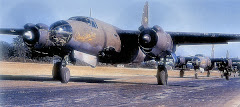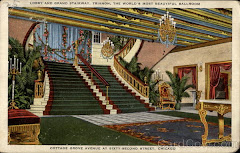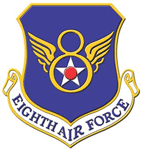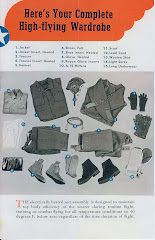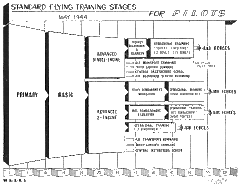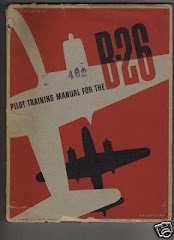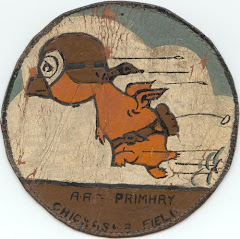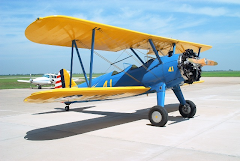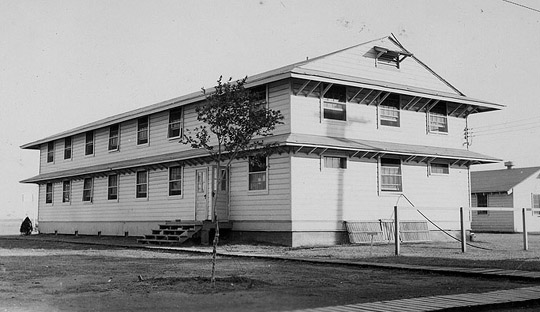By June first we’d been bombing German occupied northern France France English channel . We were usually flying 2 missions a day and the weather was pretty good those first few days.
Soon we were told that D-Day was June 5th. We were restricted to the base, which was alive with preparations. They were painting all the planes with huge black and white stripes so we could tell our planes from the enemy’s.
You could feel the excitement on the base. We’d been having good luck hitting our targets but nothing much was happening on the ground in terms of defeating Germany
Transcript of General Eisenhower’s Message to the Troops on the Eve of D-Day, 1944
Soldiers, Sailors and Airmen of the Allied Expeditionary Force! You are about to embark upon a great crusade, toward which we have striven these many months. The eyes of the world are upon you. The hopes and prayers of liberty loving people everywhere march with you. In company with our brave Allies and brothers in arms on other fronts, you will bring about the destruction of the German war machine, the elimination of Nazi tyranny over the oppressed peoples of Europe , and security for ourselves in a free world.
Your task will not be an easy one. Your enemy is well trained, well equipped and battle hardened, he will fight savagely.
But this is the year 1944! Much has happened since the Nazi triumphs of 1940-41. The United Nations have inflicted upon the Germans great defeats, in open battle, man to man. Our air offensive has seriously reduced their strength in the air and their capacity to wage war on the ground. Our home fronts have given us an overwhelming superiority in weapons and munitions of war, and placed at our disposal great reserves of trained fighting men. The tide has turned! The free men of the world are marching together to victory!
I have full confidence in your courage, devotion to duty and skill in battle. We will accept nothing less than full victory!
Good Luck! And let us all beseech the blessings of Almighty God upon this great and noble undertaking.
-- Gen. Dwight D. Eisenhower photo info unknown, public information from http://www.army.mil/d-day/message.ht
After Eisenhower's message our COO unveiled the war map located on the front wall of the briefing hut and began going over the routes we would all take. We would start taking off just after midnight. We pilots each got our schedules and our Mission Sheet which told me that we wouldn’t be taking off until just before dawn, our usual time. I also knew what plane we’d be flying, that we’d be in #2 position in formation and flying at 4,000' altitude. The weather report listed clouds, fog, and the wind speed we could expect. We knew it was going to be a full moon. There were special code and color names and specific instructions on how we could communicate. Although we’d have a fighter escort, the fighters were also on a mission to seek out and attack the enemy. The briefing didn’t last more than 30 minutes but we were reminded of the importance of our mission and told that there would be as many as 2,000 planes in the air that day. Those of us who weren’t taking off in the first wave were told to head back to our barracks and get some sleep. But there wasn’t much sleeping that night.







